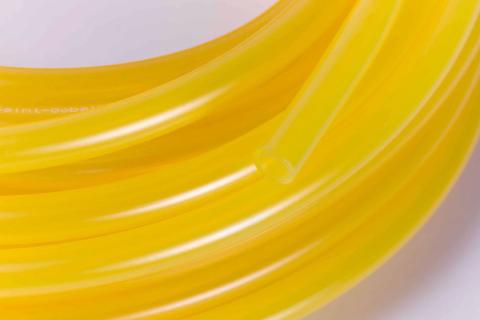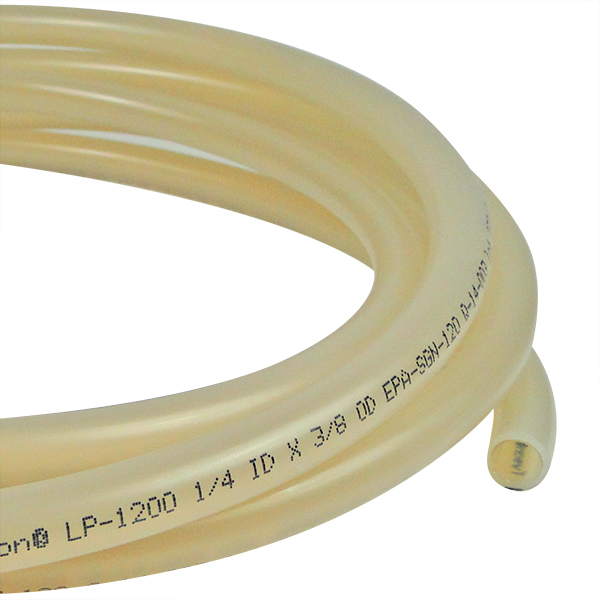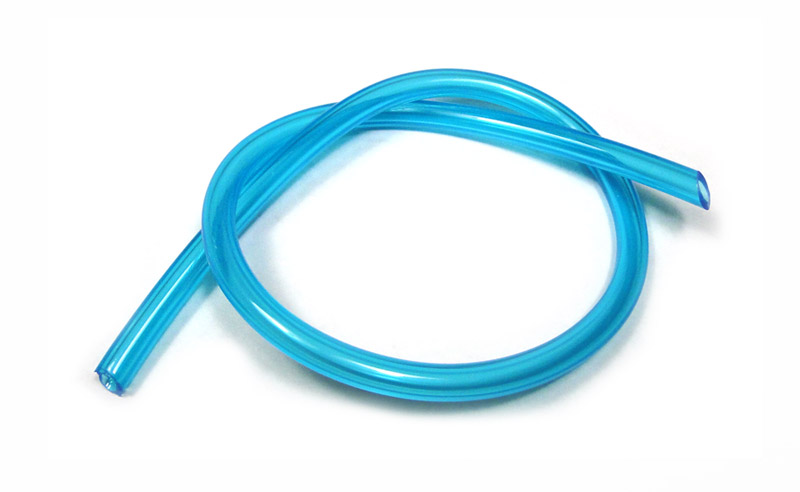- Joined
- Nov 11, 2013
- Messages
- 5,411
What gas do you use? Years ago when I looked into it, I thought Z (used to be Shell) was e-free?I have found that allowing ethanol fuel to dry out in your carb is a recipe for all sorts of problems. Even if fuel lines don't dissolve.
I left my new Premiers for 6 months without draining them and had:
- green powder aĺl through the small passages
- a yellow golden hard film all over the internal carb surfaces
- a corrosion ring all around the main needle. I had to replace them because it did not polished out and you could feel it with a finger nail.
This is using NZ 95 pump gas which is reportedly 5 % ethanol but AA testing has shown a much wider range of ethanol content than that.
Letting the bike run dry after turning the fuel off is a good idea for semi regular bike use.




